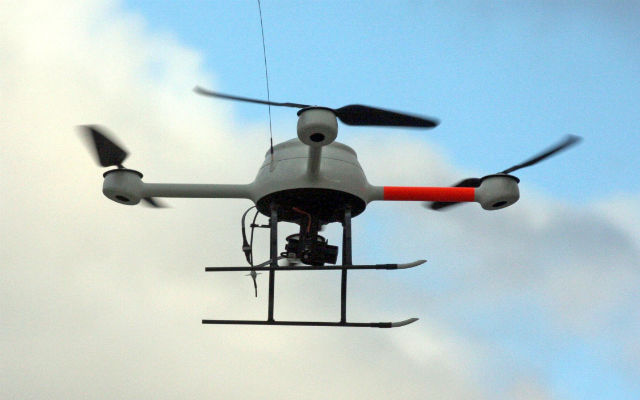A new report has placed the USA ahead of its European counterparts in the introduction of regulations covering the civil use of unmanned air vehicles – a feat for a nation that has long been criticised for holding back the booming industry.
In June, the US Federal Aviation Administration finalised the long-awaited small UAV ruling, allowing systems weighing less than 25kg (55lb) access to national airspace under 400ft – or 100ft below airspace reserved for manned aviation – as of August, which is being considered a progressive move by the authority.
“The introduction of the small UAS rule in the United States is putting pressure on Europe to come up with its own set of regulations,” Teal Group says in its World Civil UAS Market Profile & Forecast.
“Until the introduction of the small UAS rule by the FAA, many individual European countries were well ahead of the United States. Generally, regulations for UAVs less than 150kg are being handled by individual European Union nations. Regulations for larger ones are expected to be handled by the European Commission.”
While the report notes that Europe is allowing flights on a national scale, work continues on a drive to harmonise these.
“As yet, Europe does not have harmonised regulations for UAS smaller than 150kg,” it says. “The lack of final UAS rules presents problems for companies seeking to invest and develop business cases to address the commercial market.
“Manufacturers need to be able to understand what systems will be allowed to operate in European nations. European service providers need to be able to ensure that they are able to operate across national boundaries.”
It adds that 18 nations have established their own regulations to allow for some operations, but that these are generally restricted to line of sight. France, the UK, Spain and Denmark are at the forefront of UAV integration within Europe, it adds.
Figures on European operations are difficult to compile because of the scale of the continent and the limited amount of published information, the paper adds. However, based on what is known, the commercial UAV market has tripled in size in the past year.
“That would suggest more than 10,000 commercial UAV operators now authorised to work in Europe,” it says. “These are generally very small companies working to establish the commercial viability of using UAS for different applications. Almost all of them are using systems with 15kg or less weight.”

REX/Shutterstock
The Teal Group report adds that liberalised rules for UAV access to national airspace internationally will be critical, as rules around the world vary greatly.
“They range from a total lack of restrictions in lightly regulated areas to a complete ban in others,” it says. “The FAA has made a big step with the introduction of small UAS rules that will normalise their commercial use in national airspace.”
Source: FlightGlobal.com


























